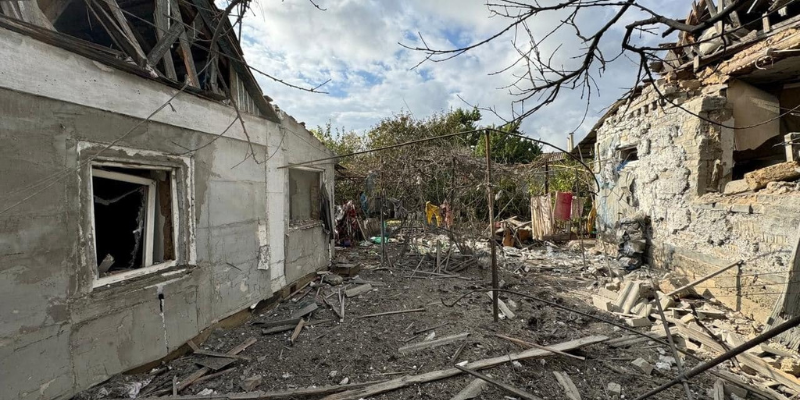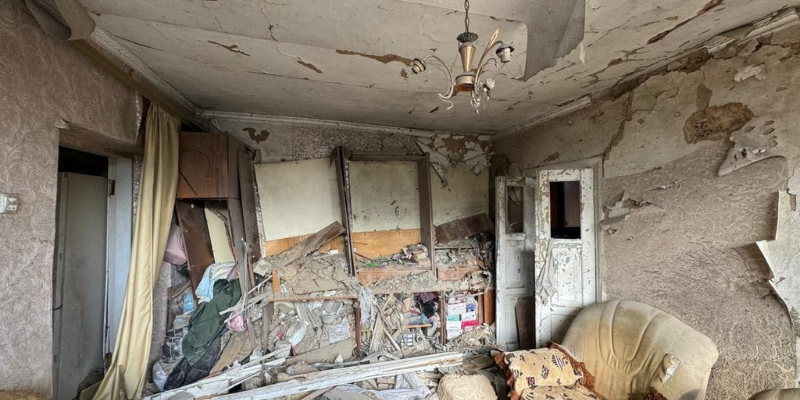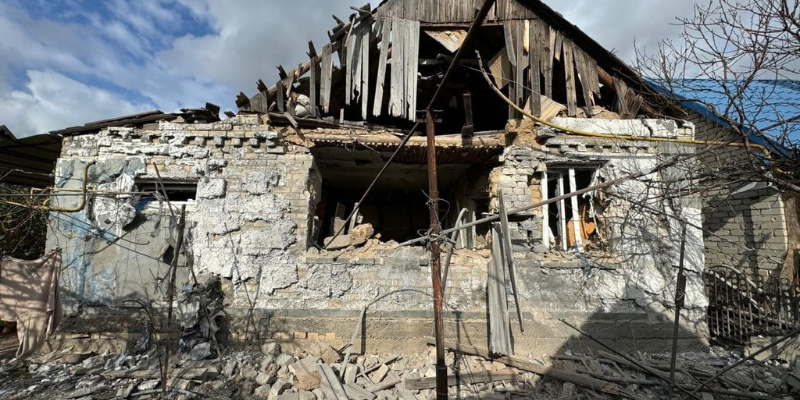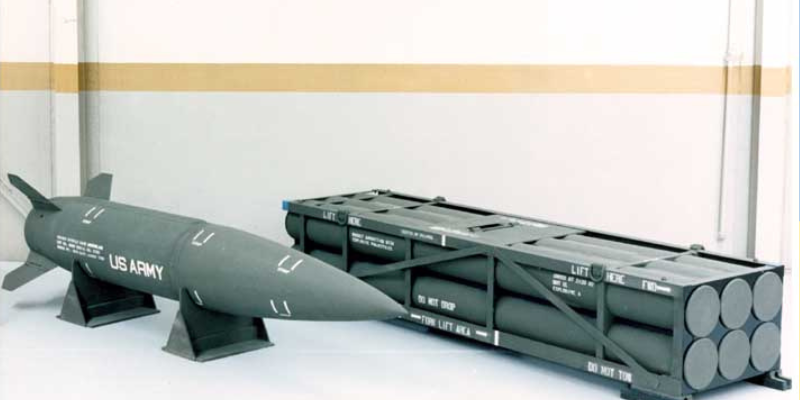About 3,000 North Korean troops deployed to 50 km from the Ukrainian border in Kursk Oblast

According to senior Ukrainian intelligence officials, about 3,000 North Korean troops have been secretly deployed to Russia’s Kursk region from the Far East in civilian trucks.
Officials said that only a few hundred of these troops are special forces, while the rest are regular troops. The troops are currently stationed in barracks about 50 kilometers from the Ukrainian border and await further instructions from Russian commanders.
However, Ukrainian intelligence officials have expressed doubts about the quality and combat capability of the North Korean fighters, describing most of them as inexperienced, low-ranking infantrymen. This deployment raises concerns about the intentions and potential actions of Russia and North Korea in a war against Ukraine.
SOURCESymbolic number of the Day
Secretary of the National Security and Defense Council, Oleksandr Lytvynenko, has announced plans to draft an additional 160,000 individuals into military service in Ukraine. This announcement was made during a speech in the Verkhovna Rada on October 29. Lytvynenko revealed that a total of 1,050,000 citizens had already been drafted into the defense forces, and the mobilization of another 160,000 individuals would bring military unit staffing up to 85%. This move aims to strengthen the country’s military forces and ensure Ukraine’s defense.
SOURCEWar in Pictures
According to a police report, the Russian army relentlessly attacked the settlements of Kherson and Beryslav districts, as well as Kherson and its suburbs. They used various weapons, including artillery, mortars, and unmanned aerial vehicles (UAVs), to target residential buildings, civilian cars, and even an ambulance brigade. As a result of these attacks, four people, including a doctor and three local residents, were killed, and 17 others, including a paramedic and two children, were injured.
SOURCEVideo of the Day
Border guards from the Kramatorsk detachment have revealed the current state of Vovchansk, showing that the city is now in ruins. The soldiers describe how the city has been devastated, with only remnants of buildings left standing. This information was shared through the official channel of the State Border Guard Service of Ukraine.
SOURCEISW report

The rate of Russian advances in Ukraine has increased in recent weeks but remains slow and consistent with positional warfare rather than with rapid mechanized maneuver — emphasizing how generally stagnant Russian advances have been after over two and half years of war. Recent Western reporting linking the Russian rate of advance in September 2024 with Russian advances at the start of the war is highly misleading.
ISW assesses that Russian forces advanced at an average rate of 1,265 square kilometers per day in March 2022—roughly 90 times the roughly 14 square kilometers that ISW calculates that Russian forces have taken per day in September 2024. Rapid Russian advances deep into Ukrainian territory, including the temporary seizure of large portions of Kyiv, Chernihiv, Sumy, and Kharkiv oblasts characterized the first month of the Russian full-scale invasion, whereas more recent Russian advances have been characterized by small-scale, localized, tactical advances.
Russian forces have been making gains in eastern Ukraine recently, but comparing those gains to the initial deep Russian penetration into Ukraine at the start of the war misleadingly frames these most recent advances. For example, Russian forces seized the settlement of Vuhledar as of October 1, 2024, have continued to advance north and northwest of Vuhledar, and have made significant tactical gains in and near Selydove (southeast of Pokrovsk) over the course of the past week.
These respective advances are tactically significant but do not represent a general increase in the pace of Russian advances across the frontline, much of which remains relatively stagnant, nor are they within two orders of magnitude of the rate of Russian advance in the first stage of the war.
The current rate of Russian advances is consistent, rather, with ISW’s recent assessment that the Russian command has likely ordered Russian forces to significantly increase their tempo of mechanized attacks throughout the theater before the full onset of muddy ground conditions in the fall months.
SOURCEWar heroes
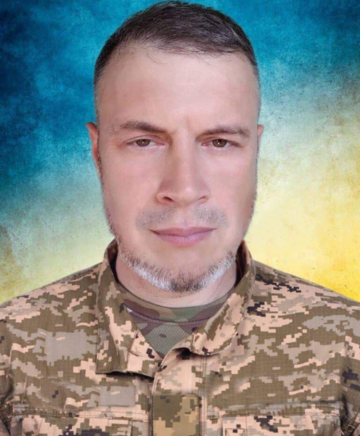
Fighter Yuri Vasiura, with the call sign Indol, died on March 13, 2024, while performing a combat mission near the village of Klishchiyivka, Bakhmut district, Donetsk region. The defender was 49 years old.
Yuriy was born in the village of Lhovo, Crimea, and graduated from the local school there. In 1998, he moved to the Chernihiv region—to the city of Pryluky. He worked at various jobs, his last job being at the WOG filling station. In his leisure time, he played sports and was fond of cycling. He also liked to grow grapes.
The man was drafted into the Armed Forces of Ukraine on June 30, 2022. He served in the 80th separate airborne assault Galician brigade. He held the position of a service number of the artillery calculation of the artillery platoon’s artillery battery of the airmobile battalion. He chose his call sign in honor of the name of the river in his native village of Lhove, where he caught his first fish – a gudgeon.
“Yura is the closest person to me, a lover, a friend, and a wonderful father to my children. It is painful to realize that you will never see him again, hug him, talk to him, hear his voice and advice. This is pain. The pain that kills…” said the wife of the deceased.
The fighter was buried at the Novyi Pobut cemetery in Pryluky. Yuriy was survived by his wife Svitlana, daughter Anastasia and son Mykyta.
*Yuriy’s story on the Heroes Memorial – a platform for stories about the fallen defenders of Ukraine.
SOURCELatest news
- Reuters: Biden says Ukraine should strike back if North Korean troops cross into Ukraine
- FT: Ukraine and Russia in talks about halting strikes on energy plants
- US urges China to pressure North Korea
- Ukrainian military receives 65 ambulances from NATO
- G7 to provide Ukraine $50 billion in loans backed by frozen Russian assets

